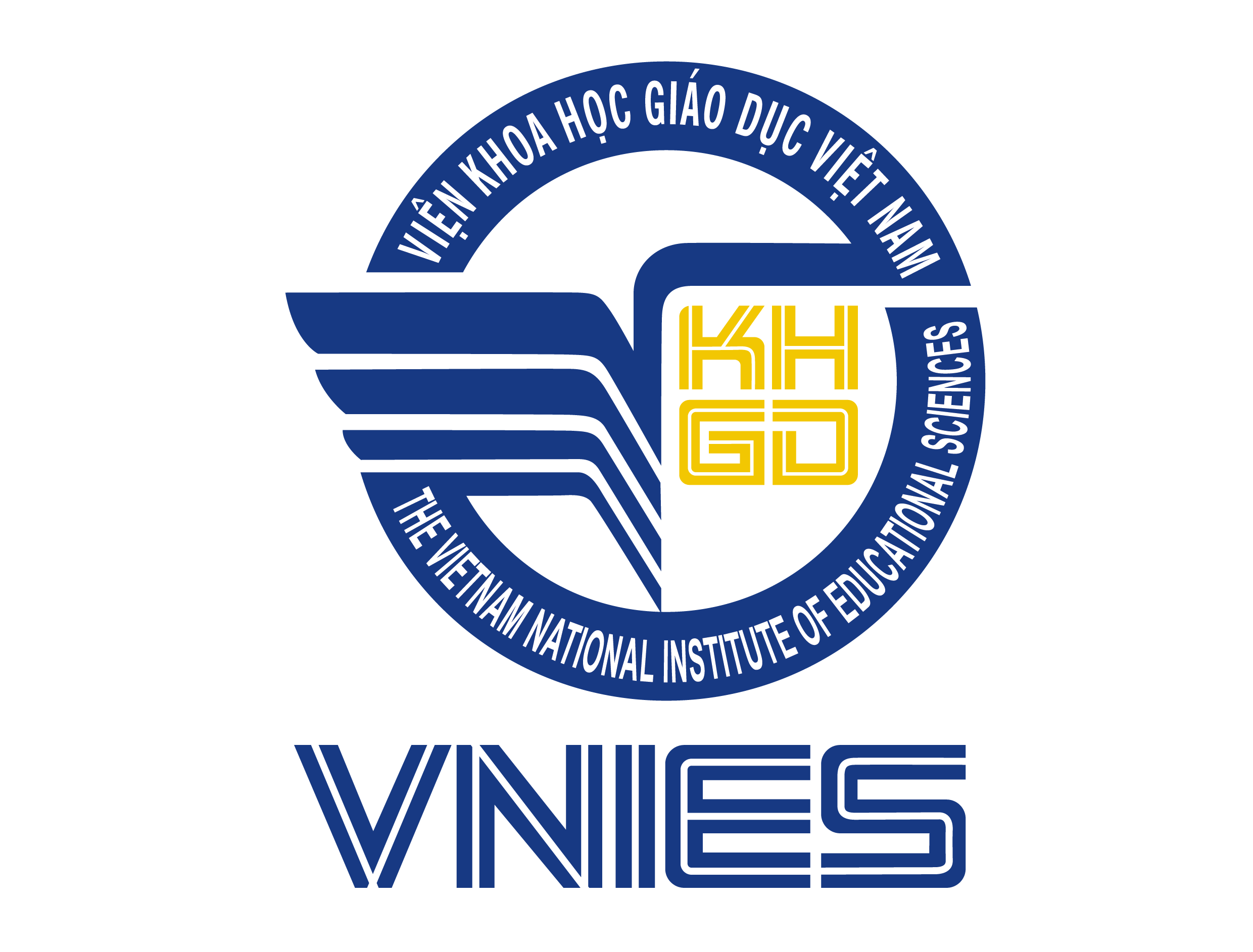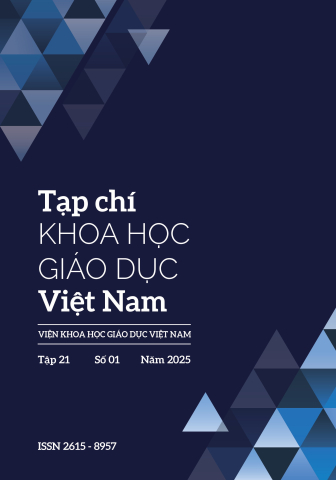[1] Anthony, J. L., Lonigan, C. J. (2004). The Nature of Phonological Awareness: Converging Evidence From Four Studies of Preschool and Early Grade School Children. Journal of Educational Psychology. Vol. 96, No. 1, 43–55.
[2] Bộ Giáo dục và Đào tạo. (13/4/2021). Chương trình Giáo dục mầm non. Ban hành kèm Thông tư số 01/ VBHN-BGDĐT.
[3] Bộ Giáo dục và Đào tạo. (27/12/2024). Bộ chuẩn phát triển trẻ em 5 tuổi. Ban hành kèm Quyết định số 4222/QĐ-BGDĐT.
[4] Brady, S., Fowler, A., Stone, B. & Winbury, N. (1994). Training phonological awareness: A study with inner-city kindergarten children. Annals of Dyslexia 44, 26–59 (1994). https://doi.org/10.1007/ BF02648154.
[5] Clayton, F.J, West, G., Sears, C., Hulme, C. & Lervåg, A. (2020). A Longitudinal Study of Early Reading Development: Letter-SoundKnowledge, Phoneme Awareness and RAN, but Not LetterSound Integration, PredictVariations in Reading Development. Scientific Studies of Reading, 24:2, 91-107.
[6] Grofcíková, S., Mácajová, & Monika. (2021). Rhyming in the context of the phonological awareness of pre-school children. CEPS Journal, Vol.11, N. 1, 115-138.
[7] Gunn, B. K., Simmons, D. C., & Kameenui, E. J. (2004). Emergent literacy: Synthesis of the research. Literacy: Major Themes in Education, 1, 359.
[8] Hoover, W.A. (2002). The importance of Phonemic Awareness in learning ro read. SEDL Letter Publisher
[9] Hulme, C., Crane, C.B, Carroll, J.M, Duff, F.J., & Snowing, M.J. (2012). The Causal Role of Phoneme Awareness and Letter-Sound Knowledge in Learning to Read. Psycological Science. DOI: 10.1177/0956797611435921. Source: PubMed.
[10] Stahl, S.A., Murray B.A. (1994). Defining phonological awareness and its relationship to Early reading. Journal of Educational Spychology, Vol 86, No.2, 221- 234.
[11] Treiman. R, Zukowski, A. (2001) Levels of Phonological Awareness. Phonological Processes in Literacy. Routledge. NewYork. https://doi. org/10.4324/9781315044439.
[12] Vũ Thị Thanh Hương, Tran, H. M., & Tran, N. B. T. (2016). Công cụ đánh giá kĩ năng đọc của học sinh đầu cấp và kết quả khảo sát thử nghiệm tại Việt Nam. Tạp chí Giáo dục, số đặc biệt, 107-188.


